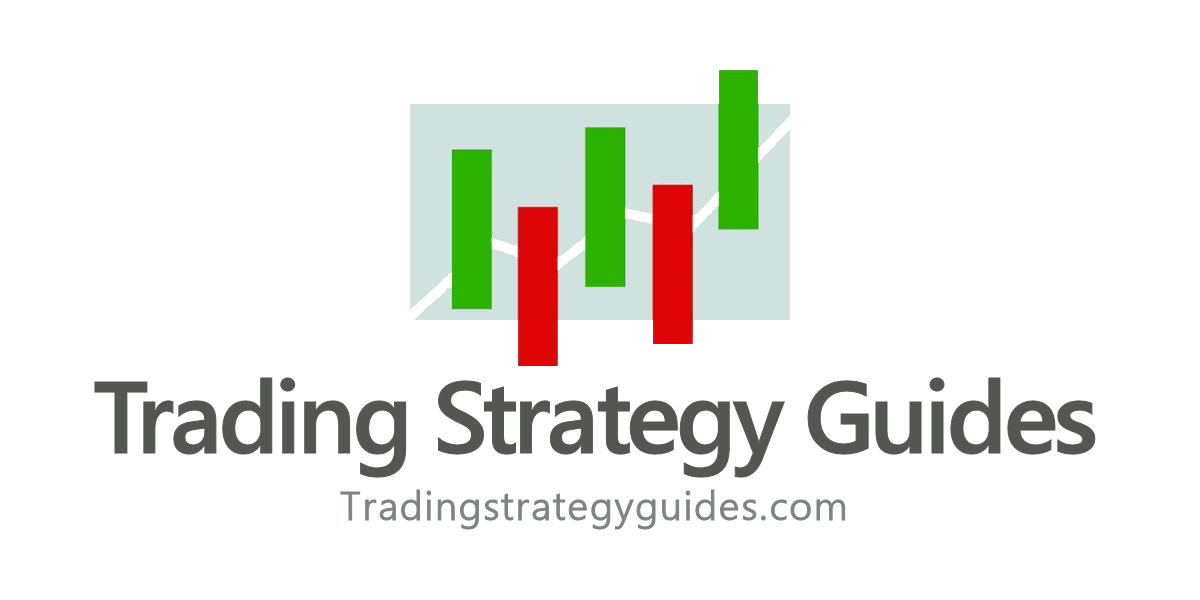is carrying value the same as book value: Book Value vs Salvage Value: What’s the Difference?
Содержание

Book value is calculated on property assets that can be depreciated. Depreciable assetshave lasting value, and they include items such as furniture, equipment, buildings, and otherpersonal property. Book value can be applied individually to an asset, or it can be broadly applied to an entire company. However, when applying the concept more broadly, the effect of depreciation may not apply to all assets.
Therefore, the calculation still works, but the resulting figure is meaningless. There is another method by which accumulated depreciation could be ascertained and it’s called Declining method or Written down value method of depreciation. This method is used to recognize the majority of an asset’s depreciation early in its lifespan. Depreciation is the lowering of the value of a tangible asset because of wear and tear. Tangible assets include buildings, equipment, furniture, and vehicles. One of the easiest and most commonly accepted methods of computing for depreciation is the straight-line depreciation method.
HILTON GRAND VACATIONS INC. Management’s Discussion and Analysis of Financial Condition and Results of Operations (form 10-K) – Marketscreener.com
HILTON GRAND VACATIONS INC. Management’s Discussion and Analysis of Financial Condition and Results of Operations (form 10-K).
Posted: Wed, 01 Mar 2023 21:00:06 GMT [source]
The above machinery has a depreciation value of $4000 and has a useful life of 15 years. Below are the formulas for carrying the value of an asset and bond. The book value of your company might also be higher than its market value. The amount of money you put into your company may outweigh its worth in the current market. Rates of depreciation for an asset are influenced by the calculations of the company by which it is owned. Replacement value is the value that is equal to the price of the asset to be replaced in its working or last updated condition.
The book value is the is carrying value the same as book value value at which an asset is recorded on the company’s balance sheet. On the other hand, one can define the salvage value as the total scrap value of any asset at the end of its useful life. Book value and salvage value are two different measures of value that have important differences.
When valuing a company, there are several useful ways to estimate the worth of its actual assets. Carrying value or book value is the value of an asset according to the figures shown in a company’s balance sheet. When compared to the company’s market value, book value can indicate whether a stock is underpriced or overpriced. Ryan Eichler holds a B.S.B.A with a concentration in Finance from Boston University. He has held positions in, and has deep experience with, expense auditing, personal finance, real estate, as well as fact checking & editing.
Book Value: Definition, Calculation and Example
The value inherent in its workforce, part of the intellectual capital of a company, is always ignored. When intangible assets and goodwill are explicitly excluded, the metric is often specified to be tangible book value. Many people use the terms carrying value and book value in different industries. But what they don’t know is that both terms are ultimately the same thing and are interchangeable. It is calculated using the purchase price of the firm, then deducting the market value of assets and liabilities.
The carrying value is the asset’s book value, whereas one can calculate the fair value using market techniques. The carrying value of an asset refers to the amount shown in the balance sheet, which is lower than depreciation incurred on it throughout its life. You originally paid $15,000 for it and recorded depreciation of $2,000. Your car’s book value minus depreciation is greater than its market value. In the case of many assets, its book value is higher than market value. This means your asset would sell for less than the price you originally paid for it minus depreciation.
Carrying Value Vs. Book Value
Your company has bought new HP laptops for the employees at $1,200 per laptop. Below will be the depreciation schedule and CV of the laptops each year. INVESTMENT BANKING RESOURCESLearn the foundation of Investment banking, financial modeling, valuations and more. Sometimes, the carrying value obtained is negative, meaning that the asset has incurred a loss, and when losses exceed the profits, a liability gets created. Conclusively, the maintenance and life efficiency of the asset matter in preventing its transformation into a liability. Let’s assume that a company owns a plant and machinery amounting to $1,00,000 to produce certain company products.
Duke, Dominion digest large impairments from commercial … – spglobal.com
Duke, Dominion digest large impairments from commercial ….
Posted: Fri, 10 Feb 2023 08:00:00 GMT [source]
Book value gets its name from accounting lingo where the balance sheet is known as a company’s “books.” In fact, accounting was once called bookkeeping. In personal finance, the book value of an investment is the price paid for a security or debt investment. When a company sells stock, the selling price minus the book value is the capital gain or lossfrom the investment. Let’s say company ABC bought a 3D printing machine to design prototypes of its product. The 3D printing machine costs $50,000 and has a depreciation expense of $3,000 per year over its useful life of 15 years under the straight-line basis of calculating depreciation and amortization. If it is a physical asset, then depreciation is used against the asset’s original cost.
How does the carrying value of an asset change?
Usually, it is not shown in the balance sheet but can easily be calculated. The CV is the asset’s book value, and it is calculated by deducting accumulated depreciation from the asset’s initial cost. One can calculate the carrying value of an asset using a subtraction of the asset’s original value by the depreciation it accrued. The carrying value is an accurate measure of the liabilities and assets of the company. A P/B ratio of 1.0 indicates that the market price of a company’s shares is exactly equal to its book value. For value investors, this may signal a good buy, since the market price of a company generally carries some premium over book value.
Salvage value is the estimated book value of an asset after depreciation. It is an important component in the calculation of a depreciation schedule. Historical cost is always used as opposed to the market value of an asset even if the value of the asset has changed since it was purchased.

Outstanding Common StockOutstanding shares are the stocks available with the company’s shareholders at a given point of time after excluding the shares that the entity had repurchased. It is shown as a part of the owner’s equity in the liability side of the company’s balance sheet. Book Value Per Share The book value per share formula evaluates the actual value of the common equity for each outstanding share, excluding the preferred stock value. A higher BVPS compared to the market value per share indicates an overvaluation of stocks and vice-versa. The balance sheet valuation for an asset is the asset’s cost basis minus accumulated depreciation.
Carrying Value
The Shareholders’ Equity Statement on the balance sheet details the change in the value of shareholder’s equity from the beginning to the end of an accounting period. Salvage value is a measure of the remaining value of an asset after that asset has reached the end of its useful life. The asset may be either sold or scrapped to achieve the salvage value. An asset’s useful life may be as short as 1 year or as long as 30 years or more, depending on the asset and how often it is used. Salvage value can be estimated by the business or decided by a regulatory body like the IRS.Salvage value is instrumental in determining the annual depreciation of an asset. This is because depreciation is calculated as an annual reduction in the difference between the asset’s original cost and its salvage value.
The carrying value and the fair value are two different accounting measures used to determine the value of a company’s assets. Capitalization is an accounting method in which a cost is included in the value of an asset and expensed over the useful life of that asset. Written-down value is the value of an asset after accounting for depreciation or amortization. The 2nd part divides the shareholders’ common equity, which is available to the equity shareholders by the unprecedented number of common equity shares. Are paid before common shareholders, but only after the companies’ debts are cleared off. Can be computed based on the equity of the common shareholders in the company.
- Besides his extensive derivative trading expertise, Adam is an expert in economics and behavioral finance.
- Fair value is a reasonable and unbiased estimate of the intrinsic value of an asset.
- Common Equity ltd reports below the number at the closure of its annual books of account.
- It alludes to the amount shown in the corporation’s balance sheet as of the date of issuance.
- Tangible assets include buildings, equipment, furniture, and vehicles.
Land and buildings, in a business-oriented city, may be beyond 100% of the carrying value. Accounts receivable (Debtors + B/R) and inventory items are equal to 50% of the carrying value.
Fundamental analysis vs technical analysis: An overview
When a company first buys an asset, its carrying value is simply its cost. Fixed assets depreciate, while intangible asset costs are amortized. As an example, consider this hypothetical balance sheet for a company that tracks the book value of its property, plant, and equipment (it’s common to group assets together like this). At the bottom, the total value accounts for depreciation to reveal the company’s total book value of all of these assets. On a real balance sheet, this figure would then be combined with revenue, debt, and other factors to give a sense of the company’s overall book value.

With the DDB method, the depreciation is faster than that of straight-line but will not make the depreciation value bigger. It just means that depreciation is bigger in the early years but smaller in the later years. Carrying amount is based on the gradual depreciation of the value of a certain asset, which means that its value will change and decline over time. Market value is the value given to an asset when it is being sold in the open market.
For example, a piece of manufacturing equipment was purchased for $10,000 and depreciation over 4 years totaled $4,000. However new technology has replaced this type of equipment so willing buyers believe the market value is only $2,000. The P/E ratio is the stock’s price per share divided by earnings per share, which is equal to the company’s profit divided by the number of shares issued.
Book value is concerned more with the present value with the depreciation of an asset that is in working condition or doesn’t have a physical form. Replacement value is an alternative way of measuring the cost of assets if they were to be replaced today. Replacement value is usually higher than book value as it does not subtract the depreciation. The terms “book value” and “replacement value” represent two different concepts. Book value is a term mostly used in accounting, while replacement value is related more to insurance.
